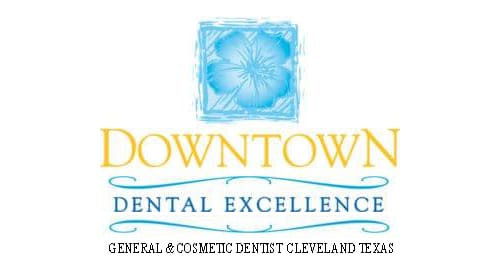Our Technology
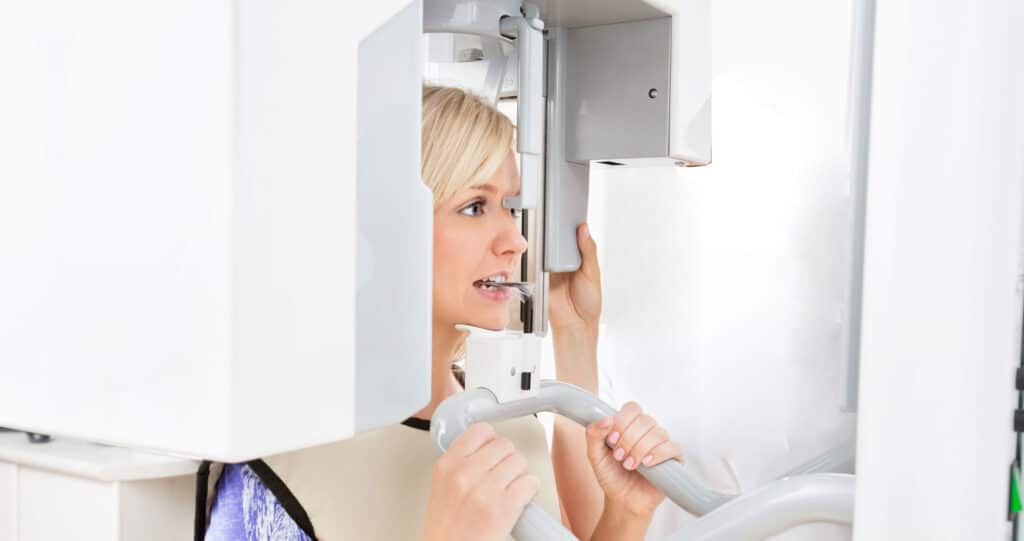
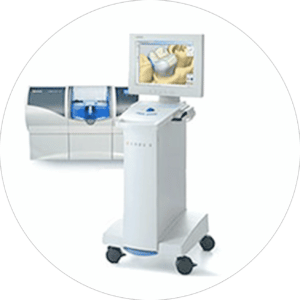
CEREC CROWNS
CEREC crowns are one of most innovative dental technologies to ever emerge. With CEREC crowns, you don’t have to worry about messy impressions, temporary dental crowns, or multiple dental visits. CEREC crowns are made right in the dentist’s office and are placed in just one visit. CEREC crowns look great, too. Made of pure porcelain and no metal, CEREC crowns look and feel like your real teeth. The convenience, comfort and beauty of CEREC crowns are unbeatable!
3-D IMAGING
To determine whether you’re a good candidate for dental implants, one of the primary things your dentist must evaluate is the thickness and quality of your jaw bone. This is important because dental implants are permanently attached to your jaw, and it’s essential that your jaw is dense enough — and healthy enough — for implants to be possible and successful. With 3-D scans, your dentist can also gauge the thickness of your bone structure to determine what size dental implants are appropriate for your mouth. In essence, the more information your dentist has about your mouth, the better your dental implants will look and feel!
Dr. Sikes loves 3D imaging because it helps her make a diagnosis quickly, easily and accurately. Simply put, 3-D scans capture much more data than traditional X-rays. This gives your Dr. Sikes an in-depth picture of your jaw, mouth and teeth. Dr. Sikes can use this information to determine whether certain problems such as cavities, abnormal growths, sinus problems, sleep apnea or nerve damage exist — conditions that aren’t evident from a traditional 2-D image.
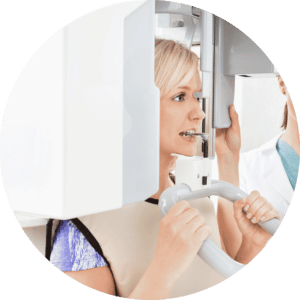
DIGITAL DENTAL X-RAY
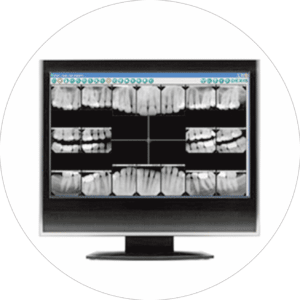
Dental X-rays have come a long way. Todays dental X-rays are safer, faster, more comfortable and more informative than the X-rays of years past. Digital X-rays, one of the latest and most advanced dental technologies, produce high-quality images of your teeth that can be viewed instantly by you and your dentist on a LCD monitor. Digital X-rays reduce radiation by up to 90% and provide exceptional diagnostic information to ensure that potential problems are caught in their earliest stages. Intraoral photography is another alternative to traditional dental X-rays. With intraoral photography, problems such as cavities, fractures and discolorations in the teeth are captured through clear and sharp photographic images that are taken with a 35mm or digital camera.
INTRAORAL CAMERA
The intraoral camera is an amazing diagnostic tool for viewing different angles in the mouth that we would not have been able to just a few years ago. The camera gives us the ability to view the entire mouth on a monitor so that we can get a closer look at any potential issues or problems that may arise. In addition, the patient will have the ability to see for themselves first hand the same images we are seeing. These digital images are also excellent for gaining procedure acceptance from insurance companies.
DIAGNODENT
The Diagnodent helps detect dental caries at the earliest possible stage so that the most appropriate treatment can be presented to you.
Diagnodent is a fluorescent laser that finds cavities which lie beneath the surface of the tooth. There are often cavities that x-rays and the explorer do not find. This advanced technology helps to preserve a greater amount of your tooth structure by uncovering dental decay before it progresses too far.
ROTARY ENDODONTICS
Endodontics, more commonly known as root canal, is a procedure where the roots or nerves of the tooth are removed. This is often due to the fact that they are infected and the tooth is causing pain.
Rotary Endodontics is a way of performing the root canal utilizing a specific electrical hand-piece. This tool often makes the process faster and allows the dentist to perform the process with greater ease.
ELECTRIC HANDPIECES
There are basically two types of hand-pieces, air-driven and electric. Electric hand-pieces are much stronger than air-driven due to the fact that a motor is spinning the bur as opposed to air. This allows the doctor to remove decay at a faster pace. This will cut down on the time it takes to complete a procedure.
